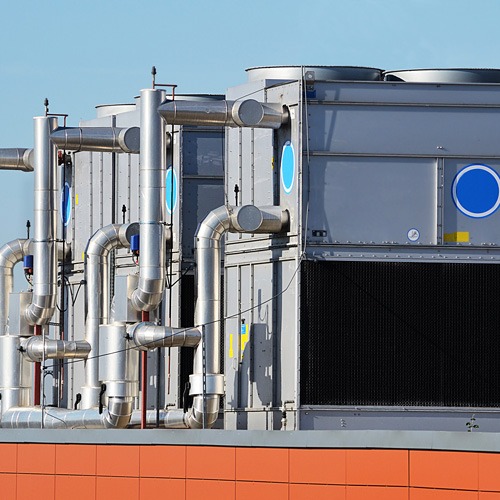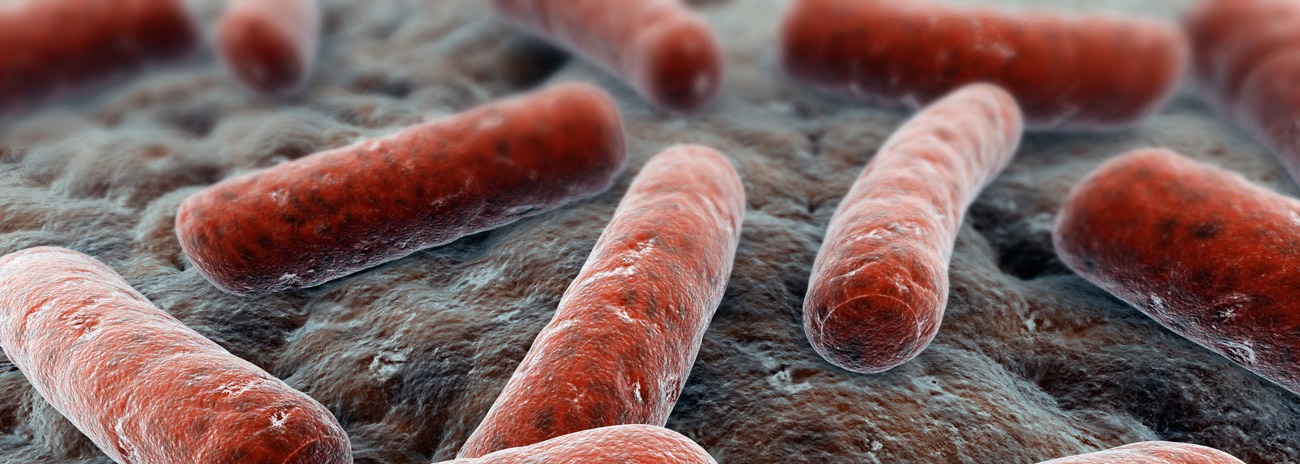Cryptosporidium in Drinking Water
At present, there is no cure for cryptosporidiosis and the condition can be serious for, and fatal to, the immuno-compromised e.g. those receiving chemotherapy or AIDS patients.
Cryptosporidiosis
Cryptosporidiosis is relatively uncommon. It can be contracted through person to person contact, from contaminated food, poorly operated swimming pools or contaminated drinking water. The environmentally resistant form of the parasite, the oocyst, is excreted in the faeces of infected animals and humans.
Pollution of watercourses can occur where there is poor control over the disposal of faecal slurries from infected farm animals. There is evidence that sewage effluents discharged to rivers used for drinking water abstraction can play a role in recycling oocysts excreted by infected humans. There have been a number of drinking water-related outbreaks of cryptosporidiosis, some of which have attracted considerable media attention. These outbreaks have involved from a few dozen to thousands of cases of cryptosporidiosis.
Water treatment challenges
Cryptosporidium poses a challenge to water treatment processes because of its small size and resistance to disinfection processes. However, the Inspectorate’s investigations of outbreaks of cryptosporidiosis have shown that they are invariably related to the inadequate provision or poor operation of water treatment. There is good evidence that careful operation of the coagulation/flocculation and filtration processes provides consumers with a very high level of protection against exposure to the parasite.
The UK regulatory position
In June 1999 the UK Government introduced regulations that required water companies to carry out risk assessments to establish whether there is a significant risk from Cryptosporidium in water supplied from each of their treatment works. Where there is a risk, water companies must use a process for treating the water to ensure that the average number of oocysts is less than 1 per 10 litres of water. Water companies must use a regulatory method for sampling and analysis to check that they are complying with the standard.
Concentration levels
The concentration of 1 oocyst in 10 litres is a treatment standard and not a health-related standard. It is set to ensure that water companies optimise their treatment processes and pay careful attention to operation and maintenance. It is not feasible to set a health related standard because of the wide variation in susceptibility of different sectors of the population.
There is also a very poor understanding of virulence factors that are known to influence the ability of the parasite to cause infection. Nevertheless, there is evidence that where outbreaks of cryptosporidiosis have occurred, the concentrations of oocysts were in excess of 1 oocyst in 10 litres. Furthermore, most outbreaks have been associated with problems in the operation of treatment processes.
The UK approach to risk reduction may be summarised as the requirement to install and operate effectively, physical barriers to optimise removal of Cryptosporidium from water supplies.
Current research questions
Following the 1989 outbreak of cryptosporidiosis in Swindon and Oxfordshire (UK), which affected some 5,000 persons, the UK Government established the Expert Group on Cryptosporidium in Water Supplies. Under the chairmanship of the late Sir John Badenoch and, more recently, Professor Ian Bouchier, the Expert Group has guided the development of policy on reducing the risk of Cryptosporidium in water supplies. The research recommendations of the Expert Group have led to a collaborative programme of research involving initially the Government and the UK water industry.
More recently the DETR National Cryptosporidium Research Steering Committee has broadened its membership to include representation from the United States, Australia and mainland Europe.
The last ten years have seen great progress in the development of catchment control strategies. There is now a better understanding of issues such as removal and inactivation during water treatment; infectious dose; and techniques for sampling and analysis. At the same time, there have been significant advances in the understanding of the molecular biology of the parasite. It is now possible to investigate the characteristics of the parasite that confer resistance to attack by chlorine and susceptibility to attack by ozone or UV light.
Researchers are also beginning to develop genetic fingerprinting techniques that should lead to improved techniques in assessment and control of risk.
Some current research issues are summarised in the following list
Design of disinfection studies
If laboratory or pilot scale studies are to be used as a basis for treatment plant design, a consistent approach is desirable. Thorough attention to reporting of experimental details is crucial. Most importantly the origin and preparation of the oocysts and the choice of surrogate for human infection potential must be specified carefully if the results from different studies are to be comparable. The Publications and Information section of the DWI website includes the report of a recent international workshop on this subject.
Surrogate for human infectivity
There is growing evidence that animal studies do not provide a good model for human infection. There is also evidence that the precision of animal infection studies is very poor and this may explain the very wide variations in reported results. There appears to be a consensus that tissue culture using human cells offers the best way forward.
Variations in resistance to disinfectants among genotypes
All disinfection studies have been performed on oocysts obtained from infected calves. It is currently not possible to obtain sufficient quantities of the human specific genotype for disinfection studies. There is some evidence that genotype 1 and genotype 2 may show different resistance to disinfectants. This, coupled with the comments on the selection of surrogates for human infectivity, raises concerns about whether results of published disinfection studies provide a reliable basis for treatment plant design.
Use of genetic fingerprinting techniques
If it were possible to develop at the molecular level a means to identify the exact source of an infectious parasite, it would be possible to introduce improved surveillance and control techniques. DWI is currently collaborating with the Scottish Executive to support an UK-wide consortium of researchers to investigate this possibility.
© Crown copyright. This article was reproduced with the kind permission of the UK Drinking Water Inspectorate
Accepta Ltd is a manufacturer and supplier of water treatment chemicals and Activ-Ox Chlorine Dioxide systems which are produced in the UK and shipped internationally.







